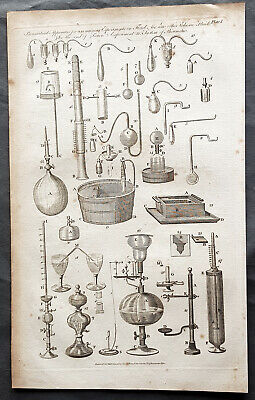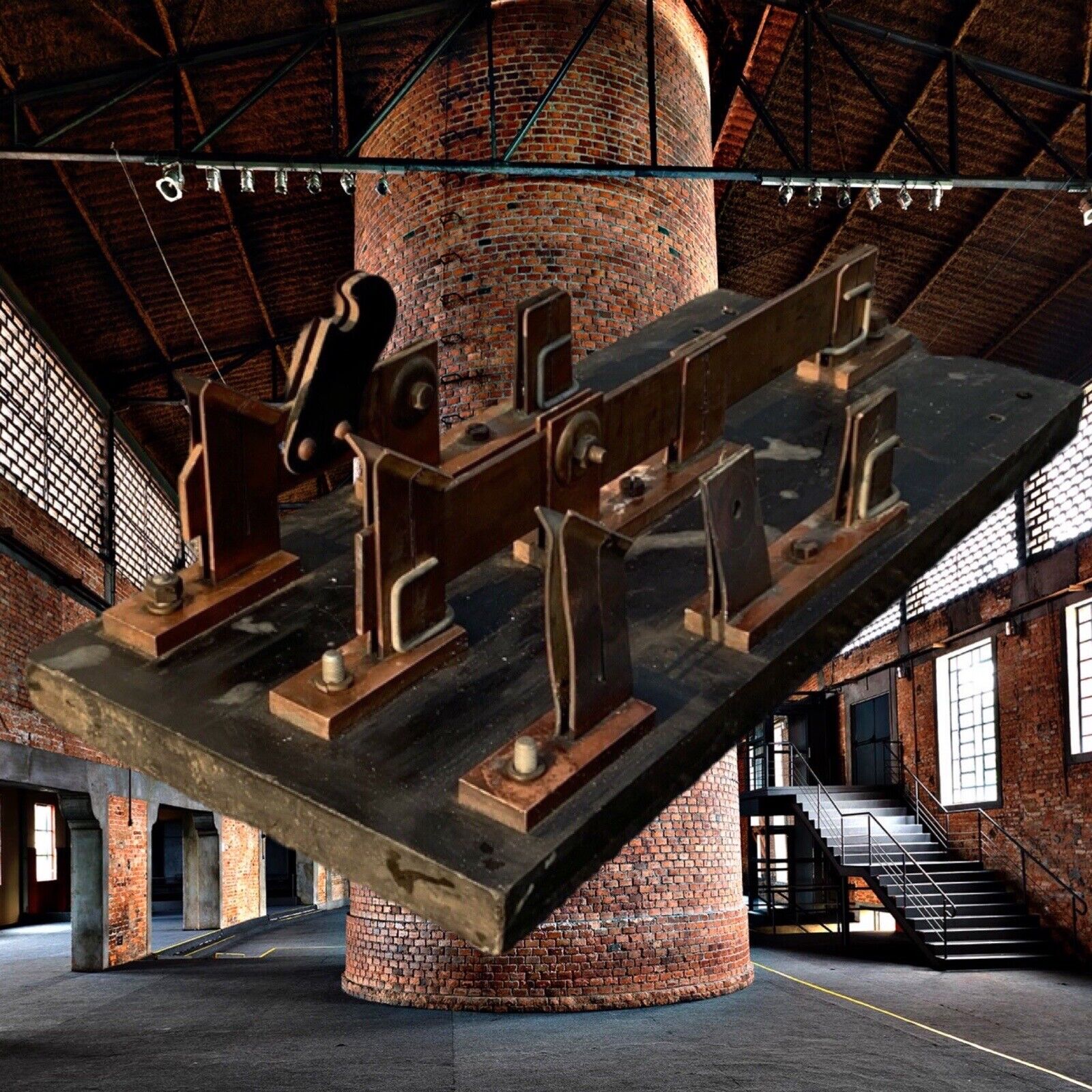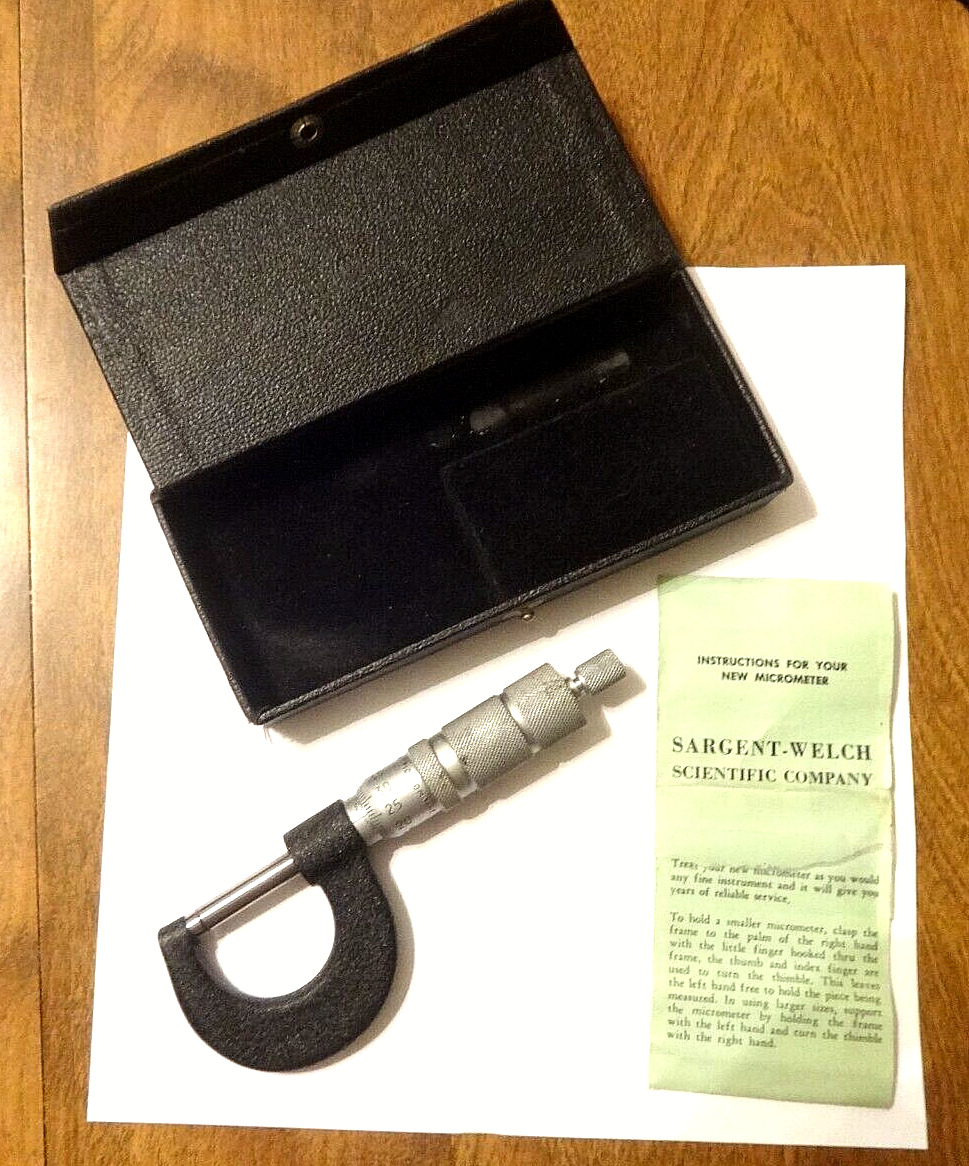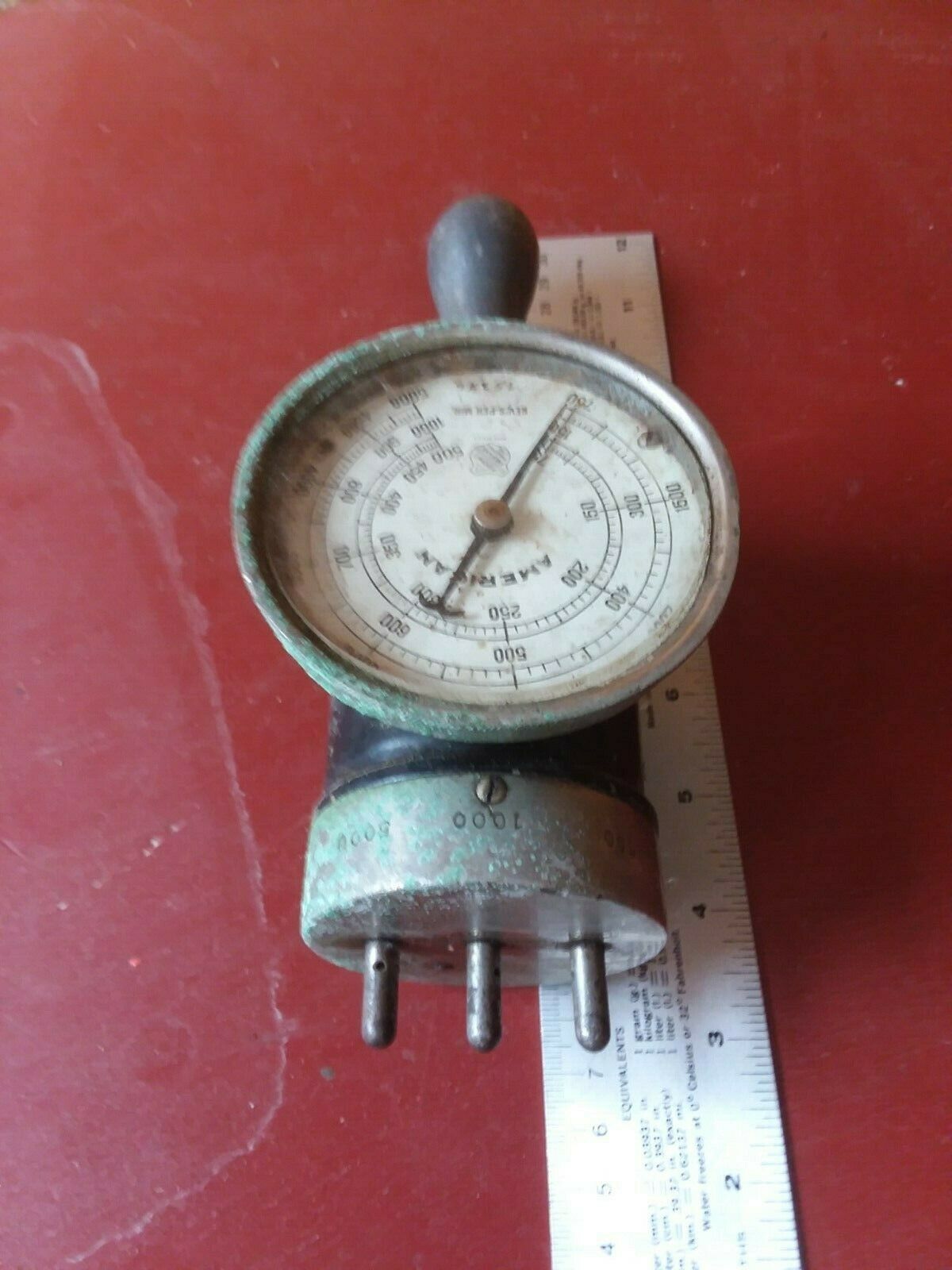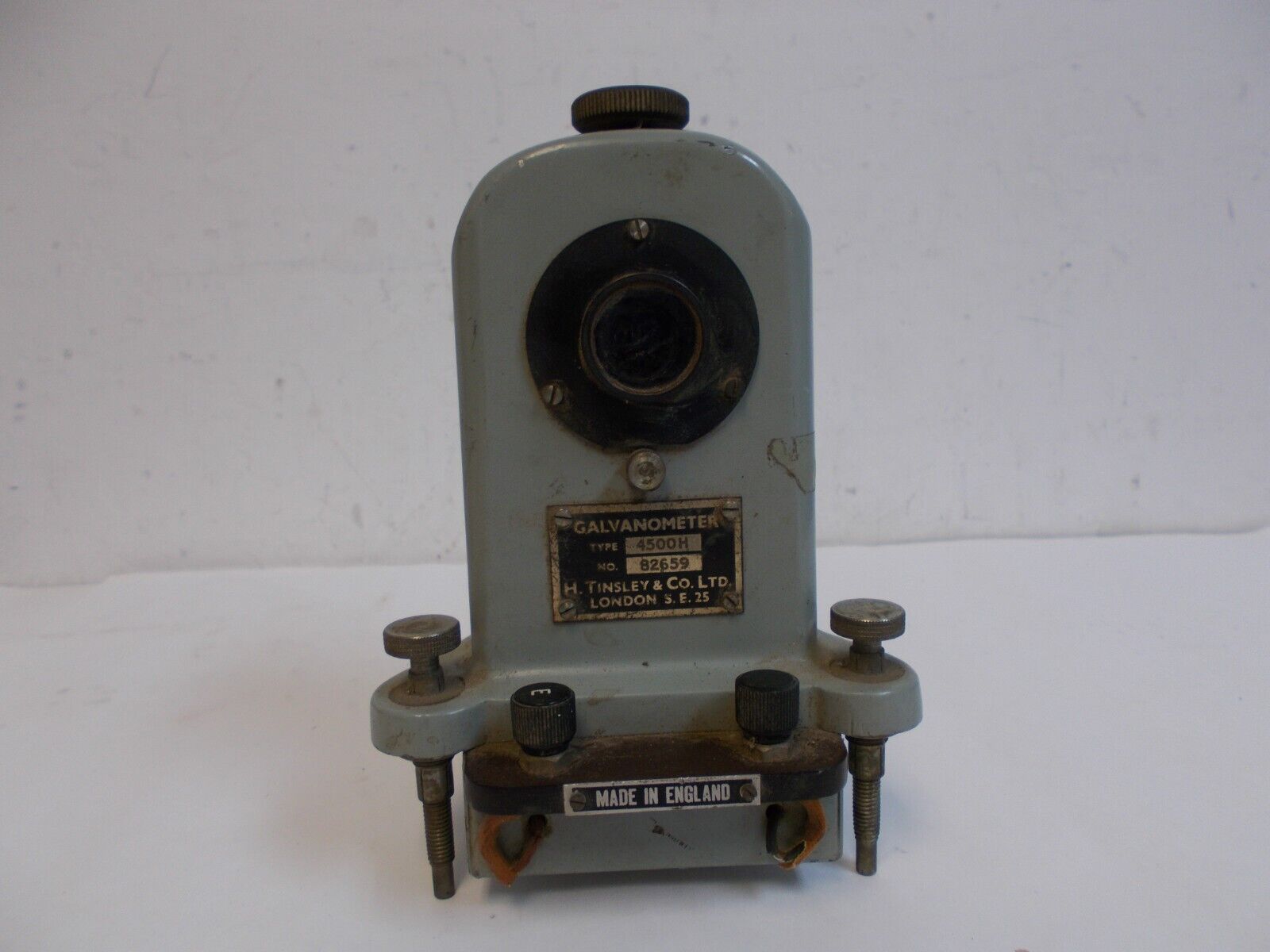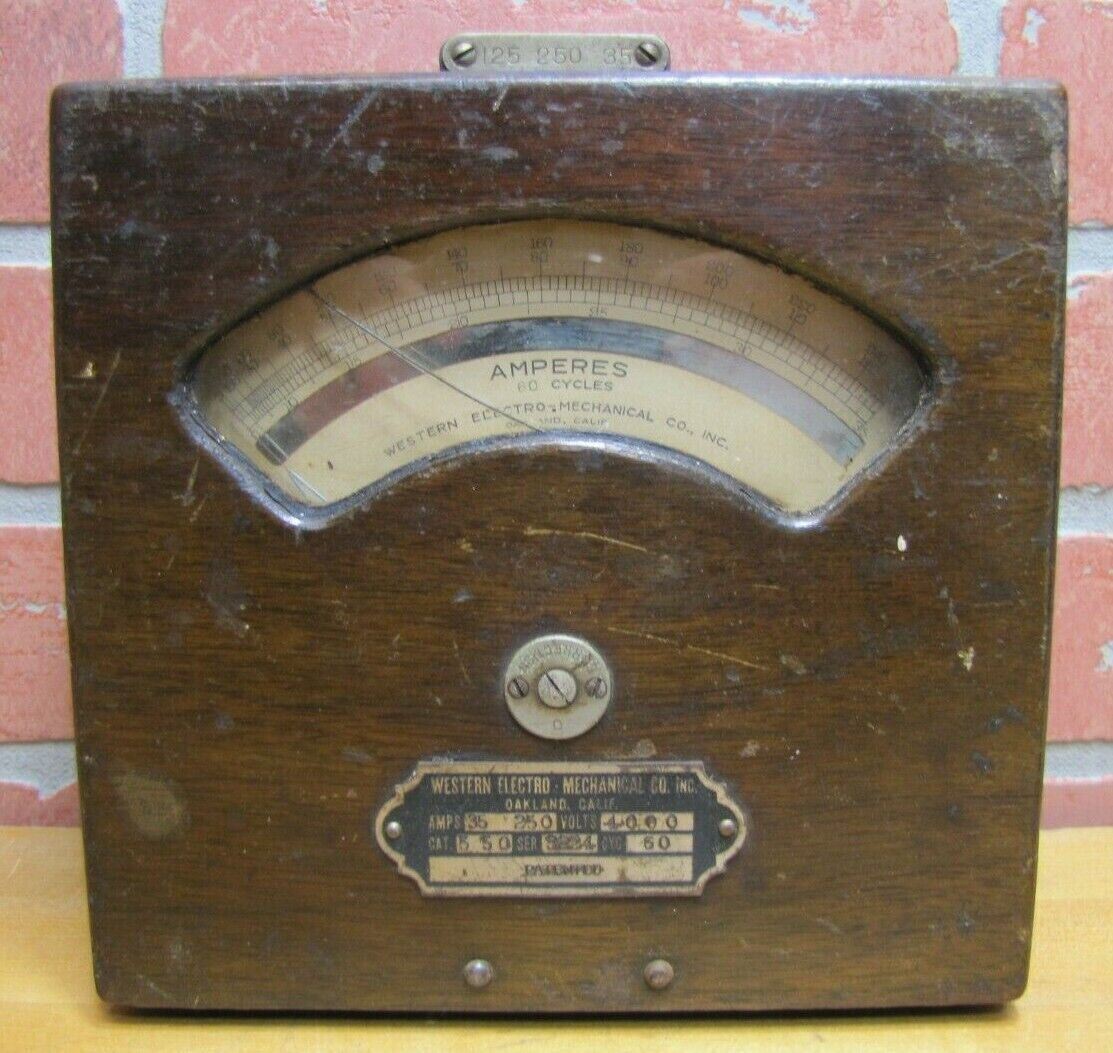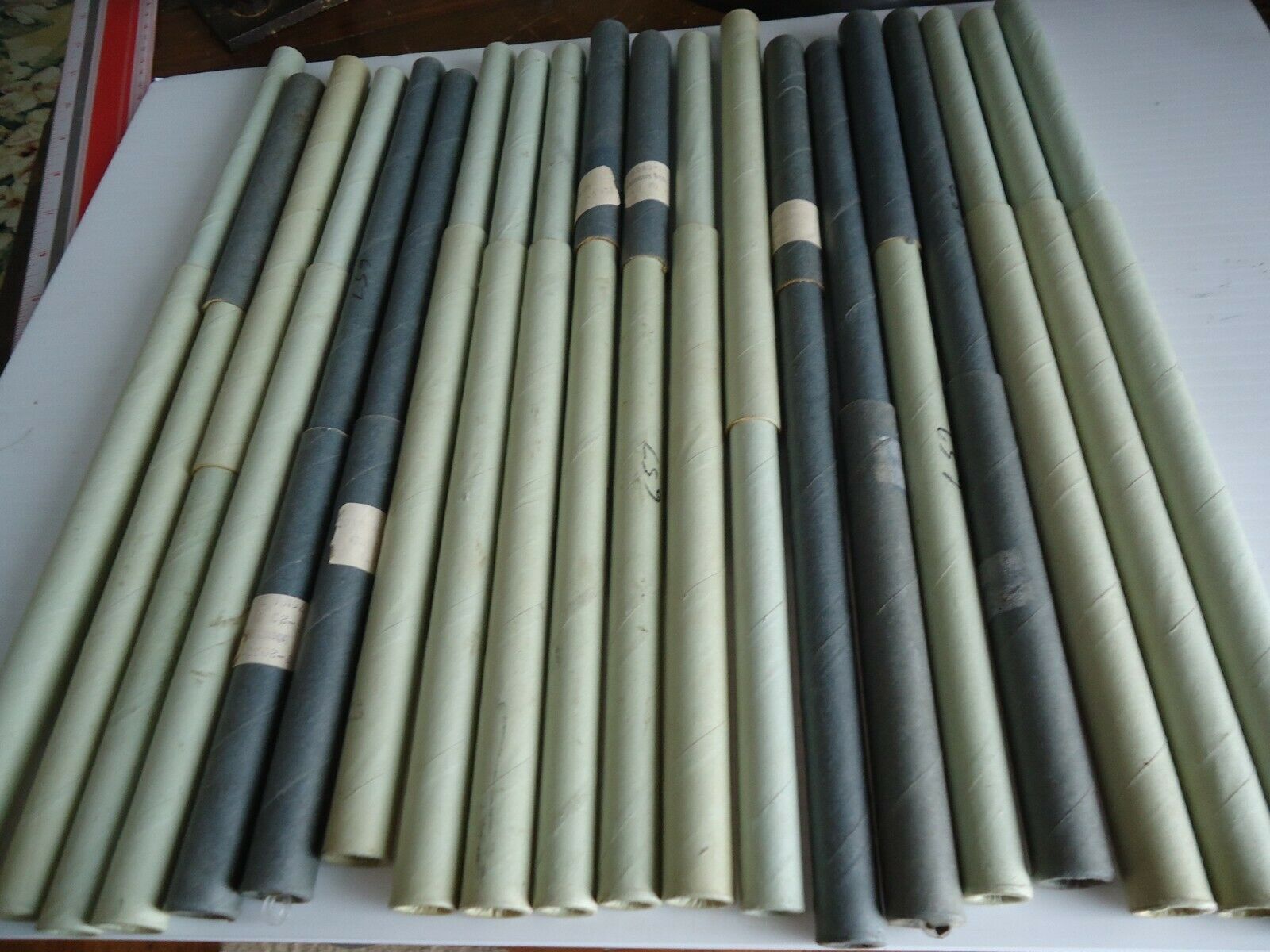-40%
ANTIQUE VINTAGE MEDICAL GLASS THERMOMETER & CASE E. KESSLING BROOKLYN NY 1900
$ 5.27
- Description
- Size Guide
Description
ANTIQUE VINTAGE MEDICAL GLASS THERMOMETER & CASE E. KESSLING BROOKLYN NY 1900. This is in good condition. Normal wear to the case, but the thermometer itself is clean and in great condition. Case has a screw cap. Marked on case PAT. OCT 2, 1900. Marked on the thermometer E. KESSLING BROOKLYN NY. Measures approx 4.5". Please see pics for more detail.All items are sold AS IS. Please read full description, view all photos, and ask any questions before bidding. Thanks!
YES. I DO COMBINE SHIPPING.
NO. I DO NOT SHIP INTERNATIONALLY.
I ship USPS. All trackable. I charge what the shipping carrier charges plus a small handling & materials fee.
THANK YOU FOR YOUR INTEREST. This is a rare example of an American transit instrument made by John Bliss & Co. in the 1870's. There are a couple other examples known, some signed with the makers name some not, this one is not signed only has the number 18 stamped on it. It is in good working condition, optics are good, cross hairs are present, and the motion turns smoothly. It has the colored glass eyepiece like all the known examples have, however there is no striding level which some examples do have. Patent No. 103417 was issued for this transit instrument to J & G.H. Bliss on May 24, 1870. I believe this was used to set the correct time in a chronometer.
Postage will be if within the US, more if you are outside the US.
Number 18
Angular precision 1 degree
Scope Length 11 inches
Circle Diameter 4 inches
Here is some information on the maker John Bliss:
John Bliss (Sr.)
1795-1857
John Bliss Sr. was born July 15, 1795 in Norwich, CT, and died in Brooklyn, NY on October 15, 1857. T
he son of Zephaniah Bliss he apprenticed to his uncle, Benjamin Lord in about 1808 in Rutland,
Vermont
as a silversmith and clock maker; he later moved to
work at 135 Water Street,
New York City as a jeweler around 1830
.
John married Abigail Williams on September 29, 1830 in Brooklyn NY. (Abigail Williams was born in 1802 in Canaan NY and died in 1885 in Brooklyn NY.)
In 1834 he went into partnership with Frederick Creighton an English watchmaker at 42 Fulton St. for the making of Chronometers under the name Bliss & Creighton. They were one of the few in the country who made chronometers from scratch and also patented a new escapement which reduced the chronometer error. They imported rough movements from England and finished them in New York; however, in 1848 they exhibited several of their chronometers at the American Institute's E
xhibition in New York that they promoted to be entirely made in America. The partnership with Creighton had a falling out and ended in 1853, there were law suits that lasted beyond their life times.
During this time he was also a partner from 1837 to 1839 with
Samuel Lord Canfield
and
Stephen Hyer Palmer
in New York City NY as Canfield, Palmer & Bliss, jewelry manufacturers and enamelers on gold. Shop at 8 Cortlandt till 1838, then at 6 Cortlandt.
John Bliss then joined with his son John Jr., establishing the firm John Bliss and Son in 1855.
When John Sr. died in 1857 the name of the company was changed to John Bliss & Co. which endured for 100 years finally closing its doors in 1956.
John Bliss (Jr.)
1831-?
John Bliss Jr. was born on September 28, 1831 in Brooklyn NY, he married Frances Elizabeth Lord on September 4, 1855. (Frances Elizabeth Lord was born in 1835 in Georgia and died on 26 Apr 1901 in Rome NY.)
He apprenticed about 1843 to his father
John Bliss
in New York City NY, and was a partner from 1855 to 1857, the name of the firm was changed to John Bliss & Son.
After the death of his father, he became a partner in 1857 with
George Henry Bliss
in New York City, NY; the company was renamed to John Bliss & Co. He worked in 1859 as a watch and clockmaker in New York City and was listed in the 1859 city directory at 26 Burling Street.
He appeared on the 1860 census taken at Brooklyn NY, listed as a chronometer maker. He appeared on the 1870 census taken at Brooklyn NY, listed as a chronometer maker.
The Bliss firm was a noted purveyor and repair shop for nautical instruments of all kinds. John Bliss and Co. began producing a number of nautical instruments themselves, nautical compasses, binnacles, logs, azimuth (bearing) instruments, and transit instruments; in addition they sold sextants made in England and later Germany with their names on them, as well as other nautical items such as rules, binoculars, barometers and Chelsea clocks that were made by others, but with John Bliss & Co. named on them. The company also continued their own made chronometer business.
John and George Bliss, the well known chronometer makers, were awarded Patent No. 103,417 on May 24, 1870 for
Improvements in Stands for Transit Instruments
, which basically covered the base of this instrument. With it one would mount the bottom half of the base (lacking here) to a "stone, a tree stump, or other firm support" and leave it there permanently. The top half and the frame could then be mounted to the bottom at will without having to completely re-align it. The Bliss’s claimed that with their invention "any ordinary watch maker or a mechanic" could set up and use a transit for obtaining true time. One must conclude that the bottom halfs of the bases for these instruments would have been permanently mounted as advised and that it would be unlikely to find one with it's full base. It is intriguing to wonder if there are bases still in place somewhere whose real purpose is unknown.
On August 4, 1871 Bliss purchased the famous E.&G.W. Blunt & Co. whose operations as a seller of nautical instrument dates from 1821 in New York. The Blunt operations were located are various locations in lower Manhattan and ended up at 84 Pearl Street from 1929 to 1956 when that building was sold and they were forced to go out of business.
The final inventory of the American chronometer maker, John Bliss & Company,
of New York was reportedly collected by Mr. A. C. Fox, Bliss's last active “springer and adjuster”; Fox had retired around 1940. Mr. Fox explained that the Bliss firm did a lot of work for the US Navy.








